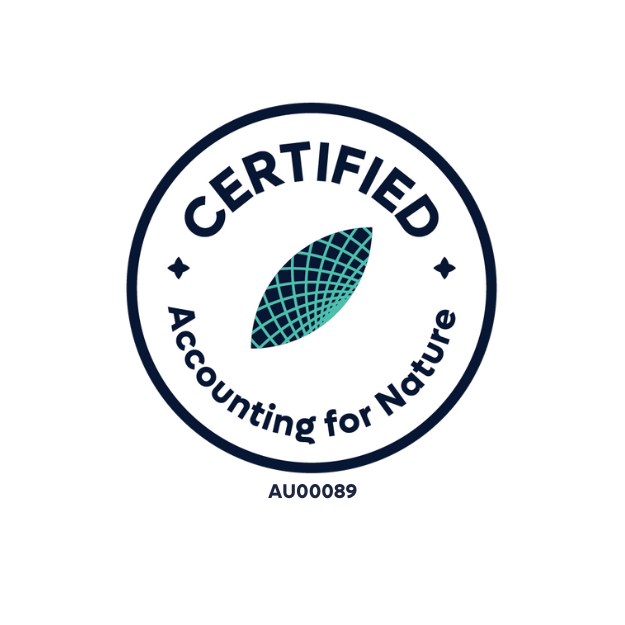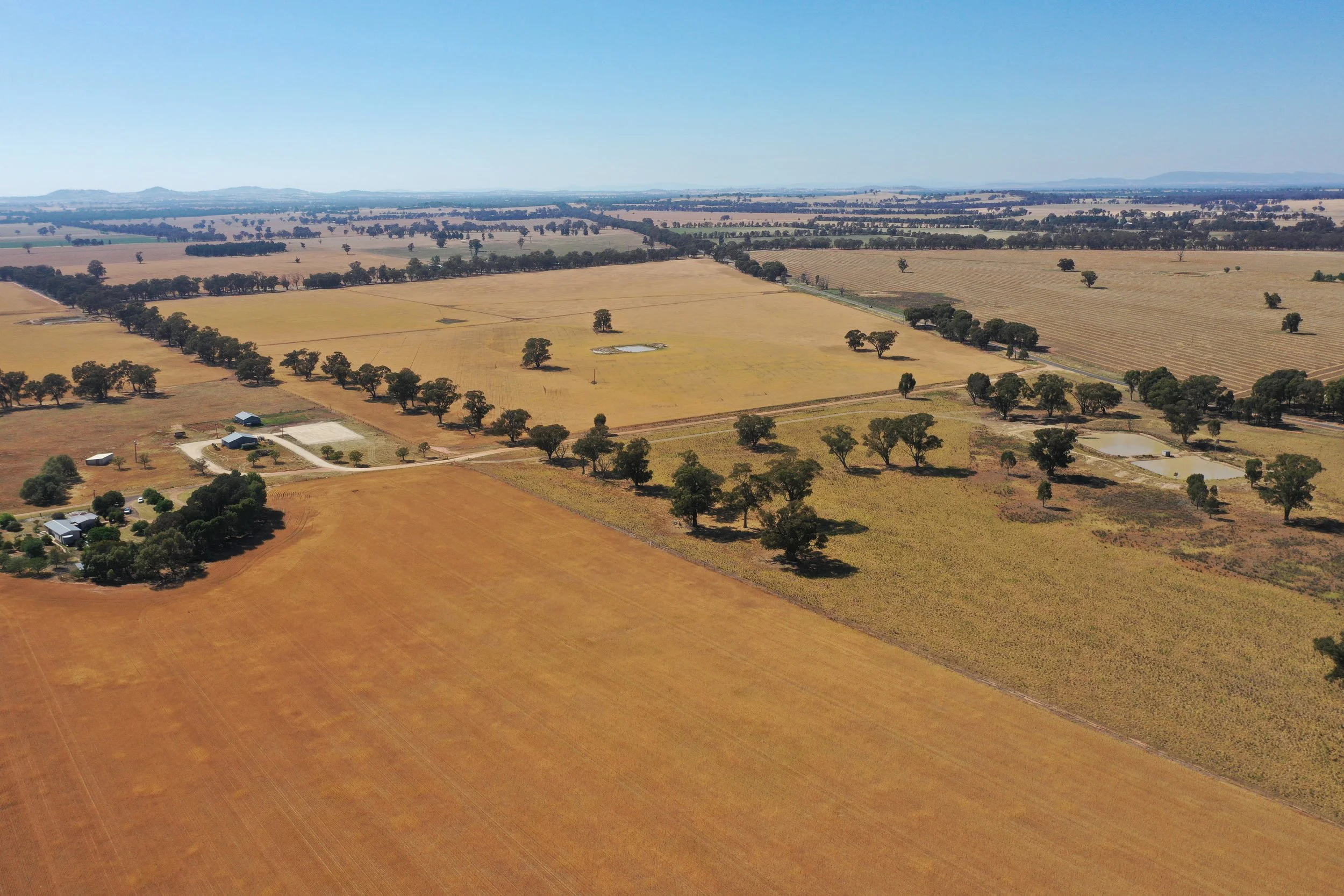Koolawarra 2.
Environmental Account.
Environmental Account ID: AU00089
Location: Munyabla, NSW
Purpose: Track improvements in biodiversity to inform vegetation management and support participation in environmental markets.
Current land use: Revegetation
Environment type: Savannas and grasslands
Area: 30.9 ha
Assets: Native Vegetation
Method: AfN-METHOD-NV-06
Certification Passport.
About the account.
The Koolawarra 2 Environmental Account is a project scale account utilising the AfN-METHOD-NV-06 method. The project area is 30 hectares, made up of native revegetation in the Riverina region of New South Wales.
The Environmental Account will assist in guiding the land managers decision making regarding the management of the vegetation, including but not limited to the maintenance of forest canopy cover. The account will also provide a measure of the change in the vegetation condition over time. Koolawarra contains remnants of box-gum grassy woodlands in the form of small patches and paddock trees. There are also reserves of native vegetation adjacent to the property boundaries.
Through the Living Carbon Program, Koolawarra is undergoing a 30ha planting project that is intended to create a corridor between the existing patches of remnant vegetation. The project is registered with the Australian Government’s Clean Energy Regulator under the Environmental Plantings Pilot 2014 ACCU Scheme method.
Account location.
Asset Accounts.
Annual certification compliance & material disclosures.
No current disclosures relating to this account.
About the Account Holder.
Virginia Leitch, the account holder, is the landholder, along with her husband, of Koolawarra, the property where this project is located. They have farmed in this fertile area for over 15 years and feel privileged to do so. However, they are also aware of and concerned about the impacts of extensive land clearing in the region, which has come at the expense of native flora and fauna, as seen across much of Australia. In response, they have chosen to restore some of their less productive farmland, moving from cropping to restoration. This initiative aims to create a wildlife corridor, connecting with the surrounding habitat on parts of the property. The project is intended to sequester carbon, enhance biodiversity, and contribute to climate resilience and productivity by restoring the ecosystem.



